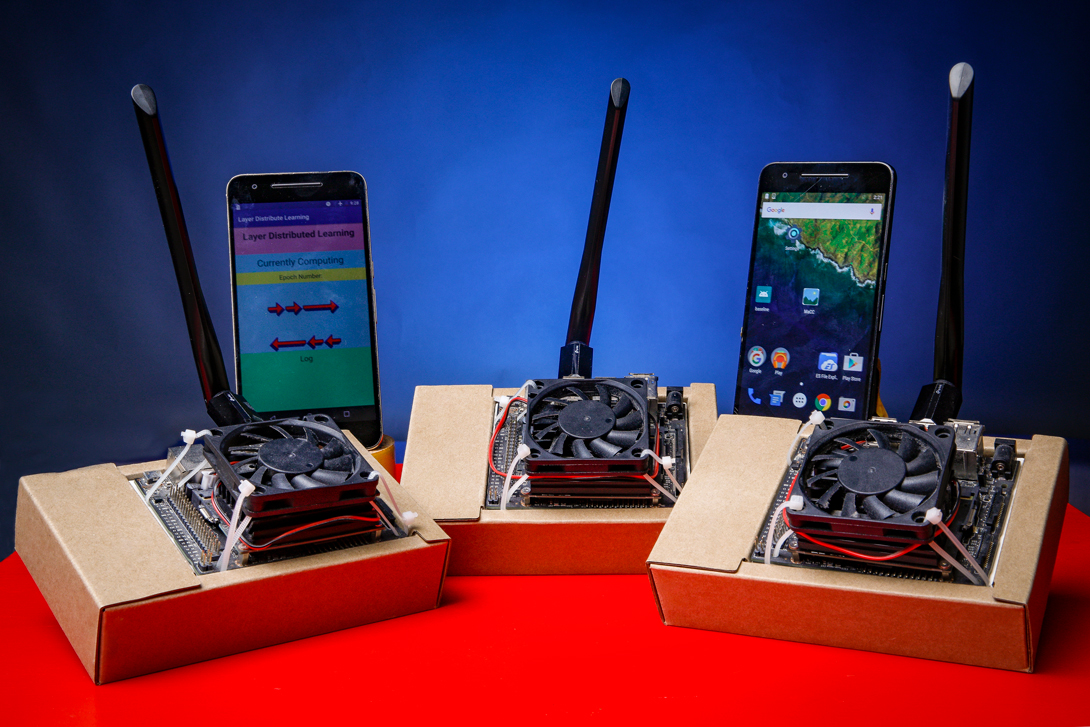AI on the edge
1

Building a world for 5G — one that enables the Internet of Things to make people and machines more connected than ever — will require a greater reliance on edge computing systems, a driving force behind the wireless technology.
Hulya Seferoglu and Erdem Koyuncu of electrical and computer engineering are working to make those systems more sophisticated, particularly by improving mobile edge devices within the U.S. Army, with new solutions in machine learning and artificial intelligence.
Edge computing is an IT solution for increasing processing speed and accuracy by having systems existing near the source of data.
Through the use of machine learning — the framework that automates statistical models to make predictions — Seferoglu and Koyuncu can build edge devices that can handle more complex algorithms and make predictions and associations between inputs and outputs with fewer mistakes. Within a military context, this could improve the computing performance of things such as global maps, navigation, and obstacle detection.
Koyuncu and Seferoglu said the key to their approach is cooperation. By pooling the resources and capacity of several edge devices and distributing tasks, computations can be completed more quickly. Ten devices each handling part of the effort can efficiently do the work that would take one device a lot of time.
They also will explore another strategy to speed up processing called “early exit,” a concept that would allow a deep neural network to skip layers of processing when it is reasonably sure of its final classification result.
These large machine-learning strategies could be the key to achieve faster, more effective processing — and a more connected world.